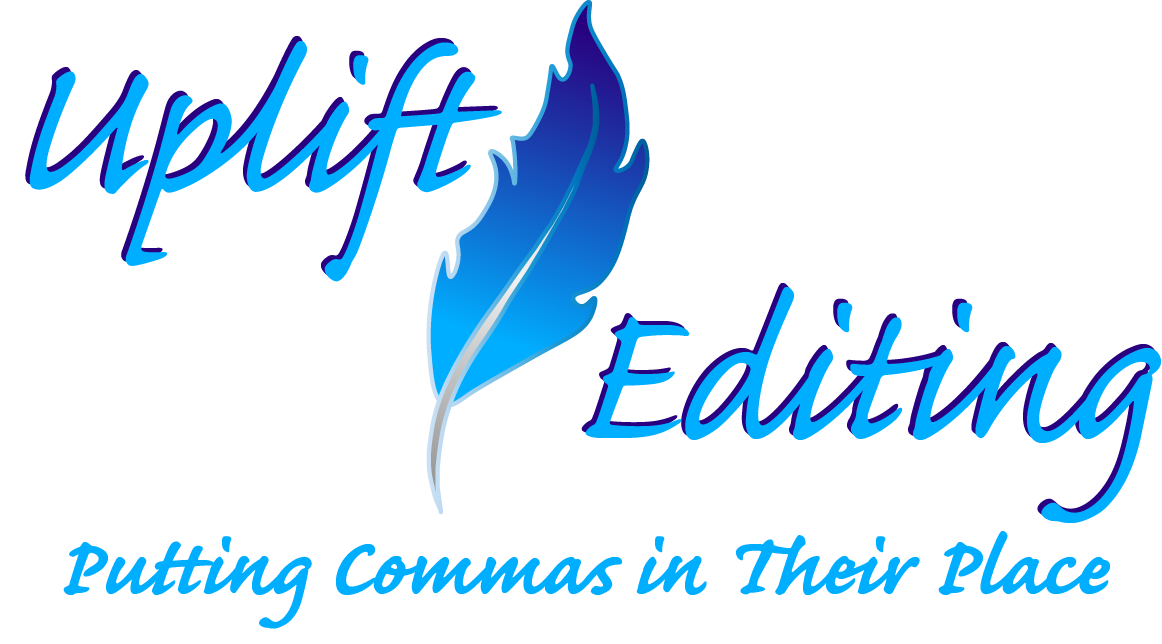- Carl Felsenfeld, “The Plain English Movement in the United States,” Canadian Business Law Journal 6 (1981–1982): 408–411, https://ir.lawnet.fordham.edu/cgi/viewcontent.cgi?article=1475&context=faculty_scholarship.
- Felsenfeld, “Plain English Movement,”412.
- Chicago Manual of Style Online, 17th ed., s.v. “5.217: Simple sentence,” accessed August 18, 2020, https://www.chicagomanualofstyle.org/book/ed17/part2/ch05/psec217.html.
